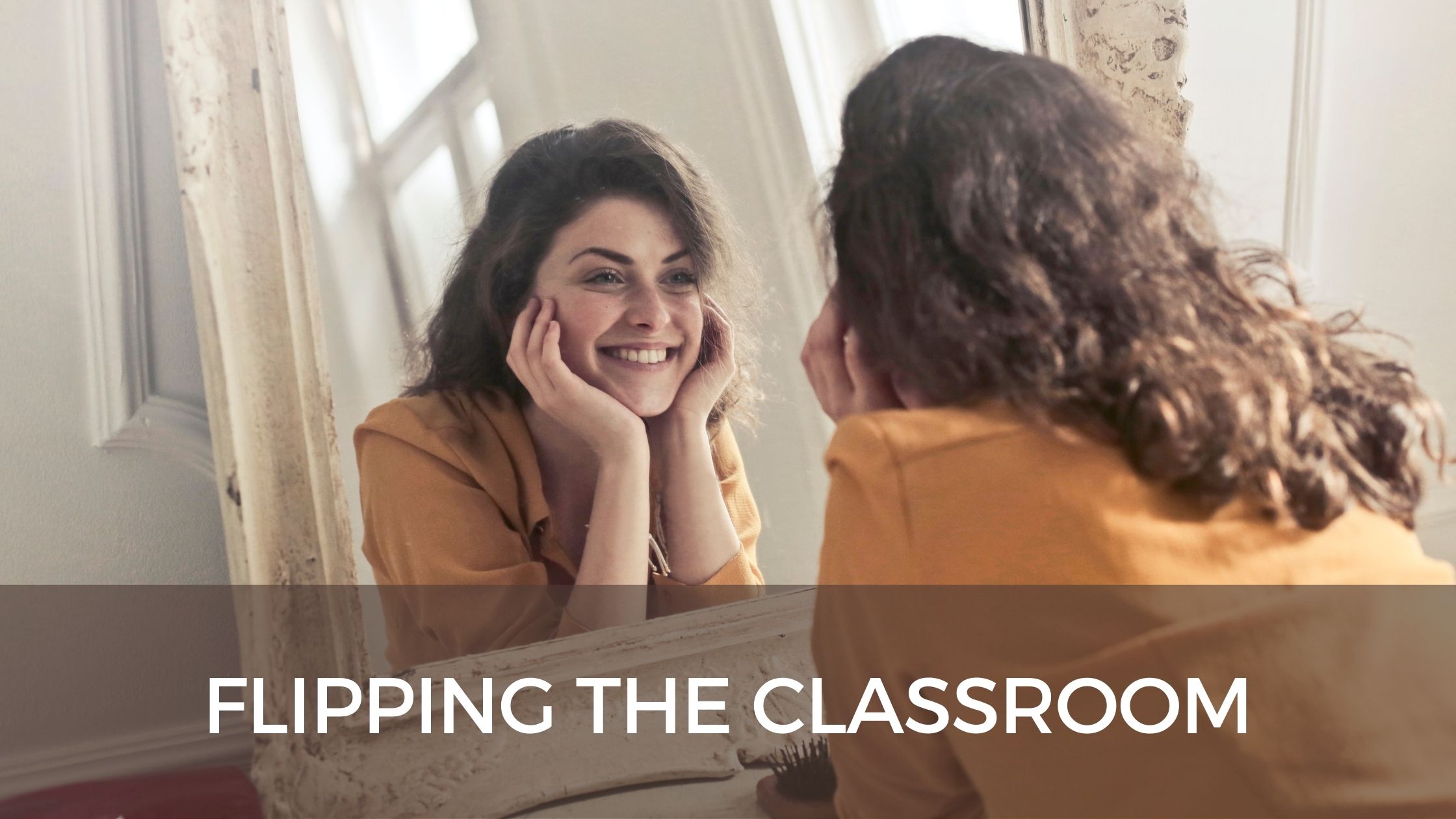Her school at home is currently from 8.30 am to 1 pm, and homework comes in the form of Google Sheets. There are initial hiccups, though. “People keep muting the teacher,” she says, laughing. With the extended lockdown and no tests, Amu wonders how her work will be assessed. “There’s still no clarity on that,” she adds.
Schools are trying different ways to keep students engaged, even if it’s a shorter school day. Payel Duttagupta, an educator and instructional leader with Heritage, has incorporated discussions on the virus within her Zoom classes. “Last week, we talked a lot about the movie Contagion. I try to maintain a dialogue,” says Duttagupta.
Flipping the classroom

EKYA schools are conducting mindfulness sessions with their parents and students, while Apeejay Education Society has included small performing art sessions between the study schedule. These act as natural breaks in the day. Duttagupta also explains how she’s had to drill into her students that these online classes aren’t just a phase. “If someone misbehaves during a class, we do take strict action,” says Duttagupta.
The virtual school is a whole new way of teaching and learning, for both students and teachers. The first thing to sort out is the tech controls, says Amrita Randhawa, head of professional development at EKYA. Randhawa has been training EKYA’s teachers on how to navigate the tech backend and design lessons that don’t use the virtual ‘sage on a stage’ philosophy.
For instance, there’s a feature in Zoom that lets a student doodle over the teacher’s screen. “We asked teachers to think like the most mischievous students in class, what they could do. They learned commands on how to undo every action,” says Randhawa. Teaching virtually is as much about managing the social experience of students as it is just teaching the lesson.
The bigger challenge though, she says, is explaining that virtual classes aren’t a direct translation of physical classes. “Teachers are so used to watching videos along with their class. That’s a poor use of time. That needs to be figured out,” she says.
Signs You’ve Been Locked Down
Amu’s virtual school timing may be less than five hours, but that’s not the case for everyone. And no one, teachers or students, can realistically sit through that many hours of lecturing.
“Teachers have to get comfortable with curating different tools for their lessons,” says Randhawa. “You have to assume that the student isn’t physically present, and is consuming the content asynchronously.” The virtual lesson is then a combination of live classes, pre-recorded videos, readings and tests. Karthik, of Heritage, says they’ve planned for four hours of synchronous (live) classes and two hours of asynchronous lessons.
In addition to training, schools are also getting teachers to double up as content creators. Veena Goel, principal at Apeejay School in New Delhi, explains how instead of three teachers physically teaching three different sections of a class, one teacher can teach all three online. “The other teachers make multiple-choice quizzes to fill up the question bank,” says Goel. Quizzes, constant polls, check-ins have to be part of the virtual classroom, since getting physical cues or feedback from a class is no longer possible.